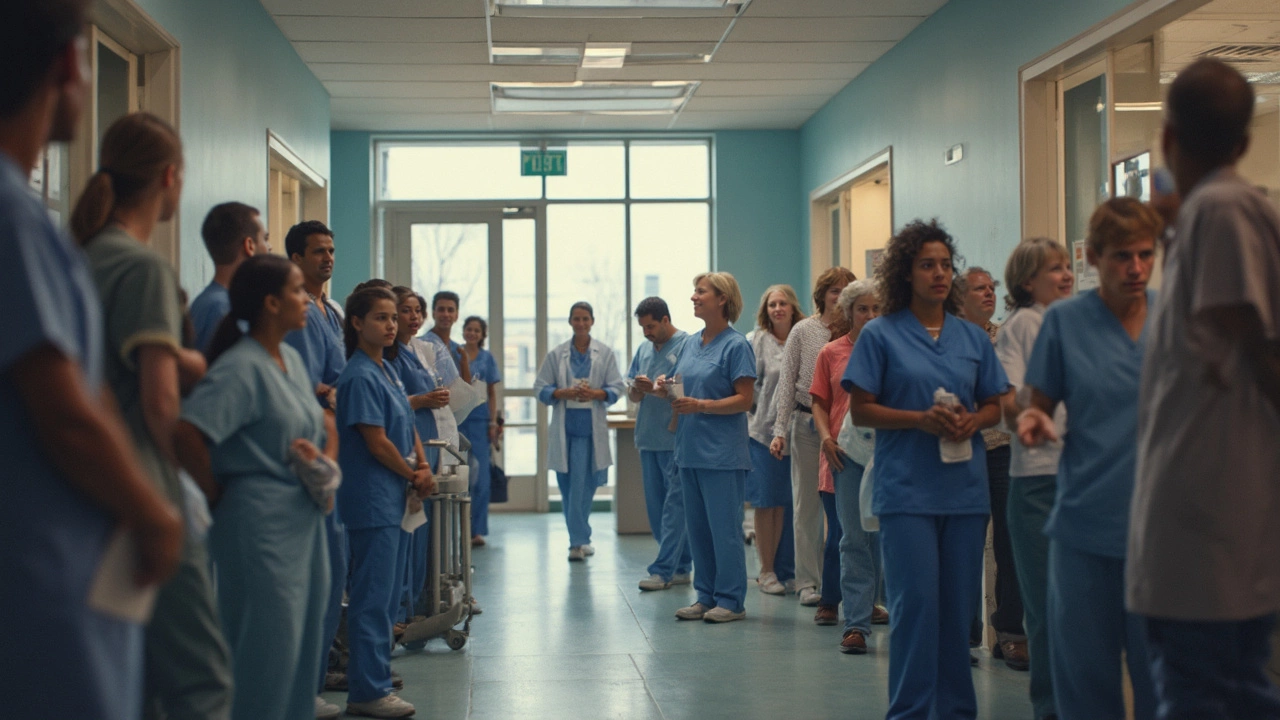Emergency Treatment: Fast Relief and When to Call for Help
If you’re in sudden pain or injury, the first thing you need is clear, simple advice. Do you have a sprained ankle after a weekend hike? A severe headache that won’t quit? Knowing what you can do at home and when to head to urgent care can make the difference between a quick bounce‑back and a longer recovery.
What Counts as an Emergency?
Not every ache is an emergency, but some signs scream "act now." Look for any of these:
- Uncontrolled bleeding or a deep cut that won’t stop.
- Severe chest pain, especially if it spreads to the arm or jaw.
- Sudden numbness or weakness on one side of the body.
- Breathing trouble, choking, or a loss of consciousness.
- Major fractures, dislocations, or a head injury with vomiting.
If any of these pop up, call 999 (or your local emergency number) or rush to A&E. For everything else, you can usually manage at home or visit an urgent‑care centre.
Home Steps for Common Emergency‑Like Situations
When the situation isn’t life‑threatening, these quick actions help reduce pain and prevent further damage:
- Ice it: Apply a cold pack for 15 minutes, remove for 15, and repeat. It cuts swelling fast.
- Elevate: Raise the injured limb above heart level to drain fluid.
- Compress: Light bandaging can support a sprain without cutting off circulation.
- Rest: Stop using the injured part. Gentle movement after the first 48 hours can improve healing, but push too soon and you risk a setback.
For muscle strains or minor joint pain, a short session of therapeutic massage can speed recovery. A qualified therapist uses targeted pressure to release tension, improve blood flow, and reduce swelling. It’s not a replacement for medical care, but it’s a solid add‑on once the acute phase is over.
Remember to stay hydrated, keep a basic first‑aid kit handy, and know the phone number of your nearest urgent‑care centre. Having the right info ready cuts panic and gets you back on your feet faster.
If you’re ever unsure, it’s safer to err on the side of caution and get checked out. Quick decisions now can avoid complications later.

Can US Hospitals Turn Away Patients?
In the US, healthcare can be a complex maze, especially when it comes to understanding whether hospitals can turn patients away. With private healthcare dominating much of the landscape, knowing your rights is crucial. How does the Emergency Medical Treatment and Labor Act (EMTALA) fit into this? We’ll navigate the legal and ethical landscape of patient treatment in American hospitals. Let's figure out what happens when you walk through those hospital doors.
Categories: Private Healthcare
0
